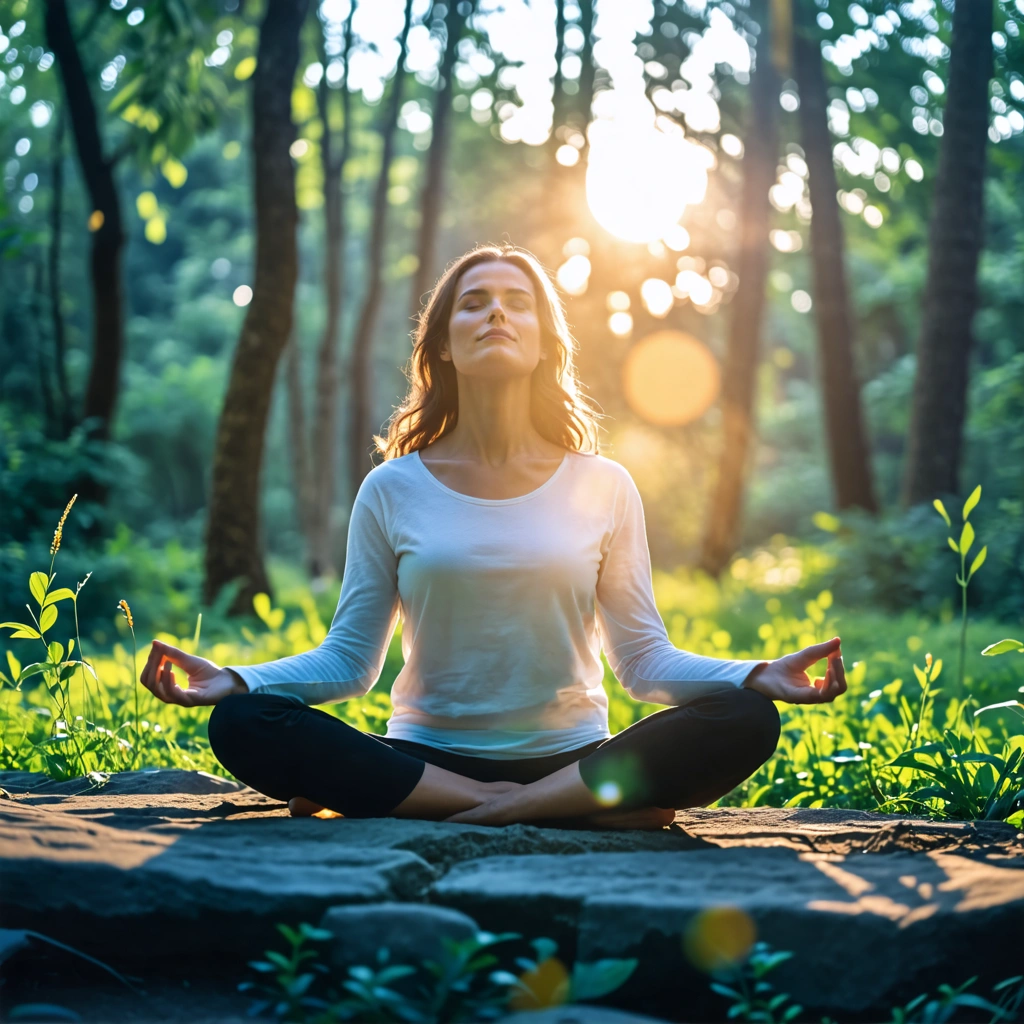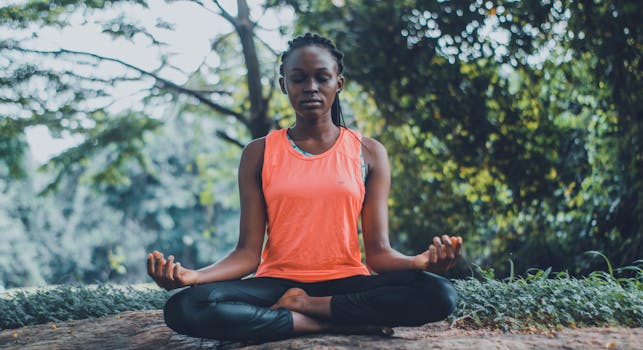
Unlocking Peace: Essential Mindfulness Meditation Techniques for Everyday Life
Takeaways: Mindfulness meditation techniques can significantly enhance your mental well-being and promote relaxation. By incorporating these techniques into your daily routine, you can cultivate a greater awareness of the present moment, reduce stress, and improve your overall quality of life. Explore the various methods outlined in this article to find the right approach for you.
Mindfulness has become a buzzword in recent years, but what does it truly mean? At its core, mindfulness is the practice of being fully present in the moment, aware of your thoughts, feelings, and surroundings without judgment. Mindfulness meditation is a structured way to develop this practice, providing numerous benefits such as reduced stress, improved focus, and enhanced emotional well-being.
Understanding Mindfulness Meditation

Research has shown that regular mindfulness meditation can lead to a range of positive outcomes, including:
- Reduced symptoms of anxiety and depression
- Improved concentration and attention span
- Enhanced emotional resilience
- Better physical health
- Increased self-awareness
Essential Mindfulness Meditation Techniques
1. Breath Awareness
One of the most fundamental techniques in mindfulness meditation is breath awareness. This practice involves focusing your attention on your breath as it flows in and out of your body. Here’s how to get started:
- Find a comfortable seated position, either on a chair or on the floor. Keep your back straight and your hands resting on your knees or in your lap.
- Close your eyes gently or soften your gaze to minimize distractions.
- Take a few deep breaths to settle in, inhaling through your nose and exhaling through your mouth.
- Begin to focus on the natural rhythm of your breath. Notice the sensation of the air entering your nostrils, filling your lungs, and then leaving your body.
- If your mind starts to wander, gently bring your focus back to your breath without judgment.
Practicing breath awareness for just a few minutes each day can help you build a solid foundation in mindfulness meditation.
2. Body Scan
The body scan is another effective mindfulness technique that involves paying attention to different parts of your body, promoting relaxation and awareness. Here’s how to perform a body scan:
- Lie down comfortably on your back, with your arms at your sides and your legs slightly apart.
- Close your eyes and take a few deep breaths to center yourself.
- Starting at the top of your head, focus your attention on each part of your body, moving slowly down to your toes.
- As you focus on each area, notice any sensations, tension, or discomfort. Allow yourself to relax into each part of your body.
- If your mind wanders, gently redirect your focus back to the body part you were concentrating on.
This technique helps cultivate awareness of physical sensations and can be particularly useful for relieving stress and tension.
3. Mindful Walking
Mindful walking incorporates movement into mindfulness meditation. This practice allows you to connect with your body and surroundings while maintaining awareness. To practice mindful walking:
- Find a quiet space where you can walk undisturbed. This can be indoors or outdoors.
- Begin walking slowly, paying attention to the movement of your feet as they touch the ground.
- Focus on the sensations in your body, the rhythm of your breath, and the environment around you.
- Notice the sights, sounds, and smells without judgment, simply observing them as they come and go.
Mindful walking can be a refreshing break from seated meditation and can be easily integrated into your daily routine.
4. Guided Meditation
If you’re new to mindfulness meditation, guided meditation can be an excellent way to start. These meditations are led by an instructor, either in person or through audio recordings. They provide direction and support, making it easier to stay focused. You can find many guided meditations online or through meditation apps.
In these sessions, you’ll typically listen to instructions that lead you through various techniques, such as breath awareness, visualization, or body scans. Guided meditation can be particularly helpful for those who struggle with maintaining focus on their own.
Integrating Mindfulness into Daily Life

- Mindful Eating: Pay attention to the flavors, textures, and aromas of your food. This can enhance your enjoyment and help with digestion.
- Mindful Listening: When conversing with others, focus fully on what they are saying without preparing your response while they speak.
- Mindful Commuting: Whether you’re driving, biking, or walking, use your commute as an opportunity to practice mindfulness by observing your surroundings and your thoughts.
- Mindful Breaks: Take short breaks throughout your day to pause, breathe, and check in with your body and mind.
By incorporating mindfulness into your daily life, you can cultivate a deeper sense of awareness, reduce stress, and enhance your overall well-being.






